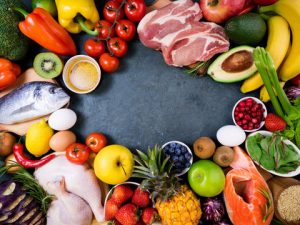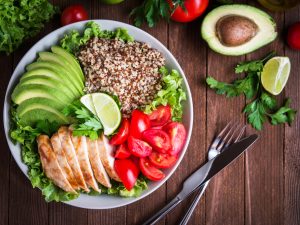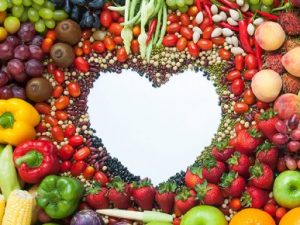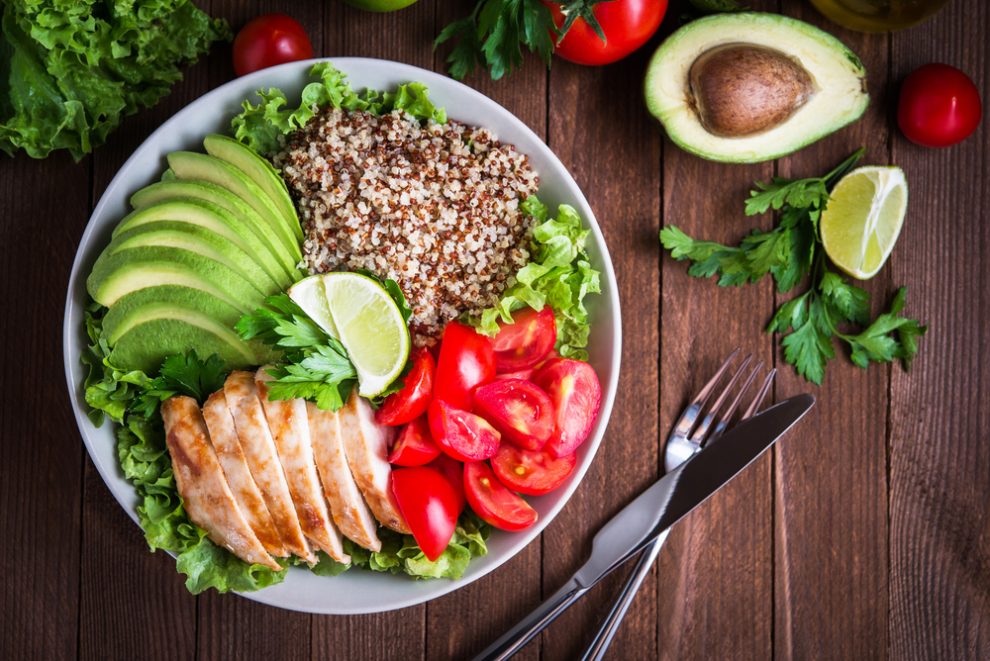Wine and bread will be the fundamental elements in the medieval diet. In those areas where wine was not widely used, beer would be the most widely consumed drink.
Meat, vegetables, fish, legumes, vegetables and fruits were also part of this diet depending on the economic possibilities of the consumer.
The pork was the most widely used. Game and poultry made a significant meat contribution to the diet. The popular classes did not consume much meat, their diet being more abundant in offal such as livers, legs, ears, guts, bacon, etc. In periods of abstinence, meat was replaced by fish, both from the sea and from freshwater. Eggs were also an essential contribution to the diet. Spices from the East were widely used. Duly spiced meats were an almost integral part of the aristocratic diet, while the monks did not consume meat, opting for vegetables. Bread would be the nutritional base of the popular classes, constituting 70% of the day’s food ration.
At the end of the Middle Ages, the geographical division between the cuisine of the north, where animal fat predominates, and that of the south, Mediterranean, which uses olive oil. An aristocratic kitchen can also be distinguished, in which a greater variety of products, preparation techniques and elaboration complexity are produced, with the use of spices, prominence of poultry roasts and fish stews, all with decorations and dressings of sauces and stir-fries, as well as a notable intervention of the confectionery.
The preference for the flavours provided by spices is presented differently in the countries of Europe. In France, ginger was the most used, followed by cinnamon, saffron, pepper and cloves; in Germany, only pepper and saffron were used and to lesser extent ginger; the English preferred cubeba, macís, galangal and cinnamon flower, while the Italians were the first to use nutmeg. Much of the success of spices was due to their alleged aphrodisiac virtues.
Faced with this highly refined and expensive cuisine with solid regional varieties, we find a famous cuisine, less changing, more linked to the needs and production of the environment, with a predominance of pot stews, where the meat had to cook for a long time because the animals They were old and, therefore, tougher, it was accompanied by vegetables and legumes and was completed with large amounts of bread.
- Food in the Modern Age
The period from the fifteenth century to the beginning of the nineteenth is when the main food customs of most European countries are established, customs known by the name of traditional cuisine.
The diet of the popular classes was practically the same in Castile as in Germany, in England as in Piedmont. And it is that 60% of the caloric ratio of all Europeans who belonged to the lower classes was the same: bread and cereal flours. The bread was eaten accompanied, with very little quantity, of bacon, salting, onion, garlic, oil or any other product that would add a flavour complement or hide its dryness. The bread that the people consumed was always black or brown in appearance since other cereals other than wheat were used to make it, which gave it this colour. The aristocratic classes took, unlike the popular classes, white wheat bread.
The quintessential dish of most popular-class European families was soup and its accompaniment: stew. Although we do not have information on all areas of Europe, all the research indicates that this food is almost the only dish in the daily diet of the popular classes, and this from the Middle Ages to the middle of the 18th century.
- Food in the present time
It is often argued that social changes, particularly those experienced in the way a country is fed, have been more incredible in the last 50 years than in all previous centuries.
On the other hand, the socio-economic advances and the technical changes that have occurred at all points of the food production chain (agriculture, livestock, production, storage, sale …) have spread and made available to anyone electrical appliances, products and modes of consumption unthinkable just two decades ago (microwave ovens, precooked foods, deep-frozen foods, meals made in a collective catering regime, etc.).
At the individual level, lifestyle changes have resulted in a general decrease in energy expenditure, mainly due to increasing mechanization. In addition, there has been a decrease in thermoregulation costs as air conditioning devices spread.
The possession characterizes modern societies, in the majority sectors of the population, of more food than can be consumed, the generalization of the consumption of chemically pure substances, greater longevity together with the decrease in infant mortality, the increase in mechanization with the consequent decrease in physical work and energy needs. It should be taken into account that the need for certain nutrients does not decrease even if the energy needs do; Under these conditions, we could find ourselves in situations of relative deficiencies of some nutritional substances.
Throughout the 20th century, significant changes in Spanish society have extraordinarily modified the population’s eating habits, consequently affecting their nutritional status. Especially in the last 40 years, these changes are related to industrialization, urbanization and technological and economic development that have given rise to new forms of food production, processing and distribution.
The way we eat in Spain has changed substantially. Having a more excellent supply of food, although much more transformed and processed, to the detriment of fresh raw products, has undoubtedly contributed to this change, in addition to greater purchasing power and the social transformations that have occurred. Overall, we can point out that Spanish society is more taxed on proteins than during the last century. It has also produced an apparent decrease in the consumption of carbohydrates and a significant increase in the intake of fats.
The functions of nutrients in the body:
Each nutrient has its functions, so the diet must be complete and balanced. We will see how some provide heat and energy, others regulate body processes, and others provide substrates for the growth of the body.
Functions of carbohydrates:
We differentiate between simple carbohydrates (or fast absorption) and complex carbohydrates (or slow absorption), and we can say that their primary function is to provide energy for cells.
Simple carbohydrates are found in fruits, milk, honey, and sugar and their derivatives. The most common forms are glucose, galactose, sucrose, and lactose.
Complex carbohydrates are present in legumes, pasta, bread, cereals, flours, rice, potatoes, sweet potatoes, ... and in foods rich in vegetable fibres.The final and resulting product of the digestion of carbohydrates is glucose, which is the nutrient used by the body’s cells to produce and burn energy. Under normal conditions, certain groups of cells, such as neurons, liver cells or blood cells, can only use glucose to stay alive and function.
Similarly, it is preferable to obtain glucose from complex carbohydrates and not so much from simple ones, since the latter, after rapid digestion, very quickly release glucose into the blood and stimulate the production of insulin, which, in turn, induces the creation of fat in body tissues and increases appetite.
It is essential that, if we follow a diet to control diabetes or body weight, we put aside the daily consumption of foods that contain simple carbohydrates (sweets, …) and moderate the consumption of fruit to two servings per day, trying not to eat it on an empty stomach or in the form of juices.






























Add Comment